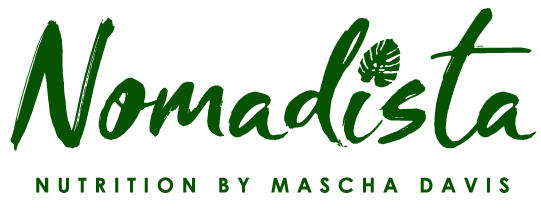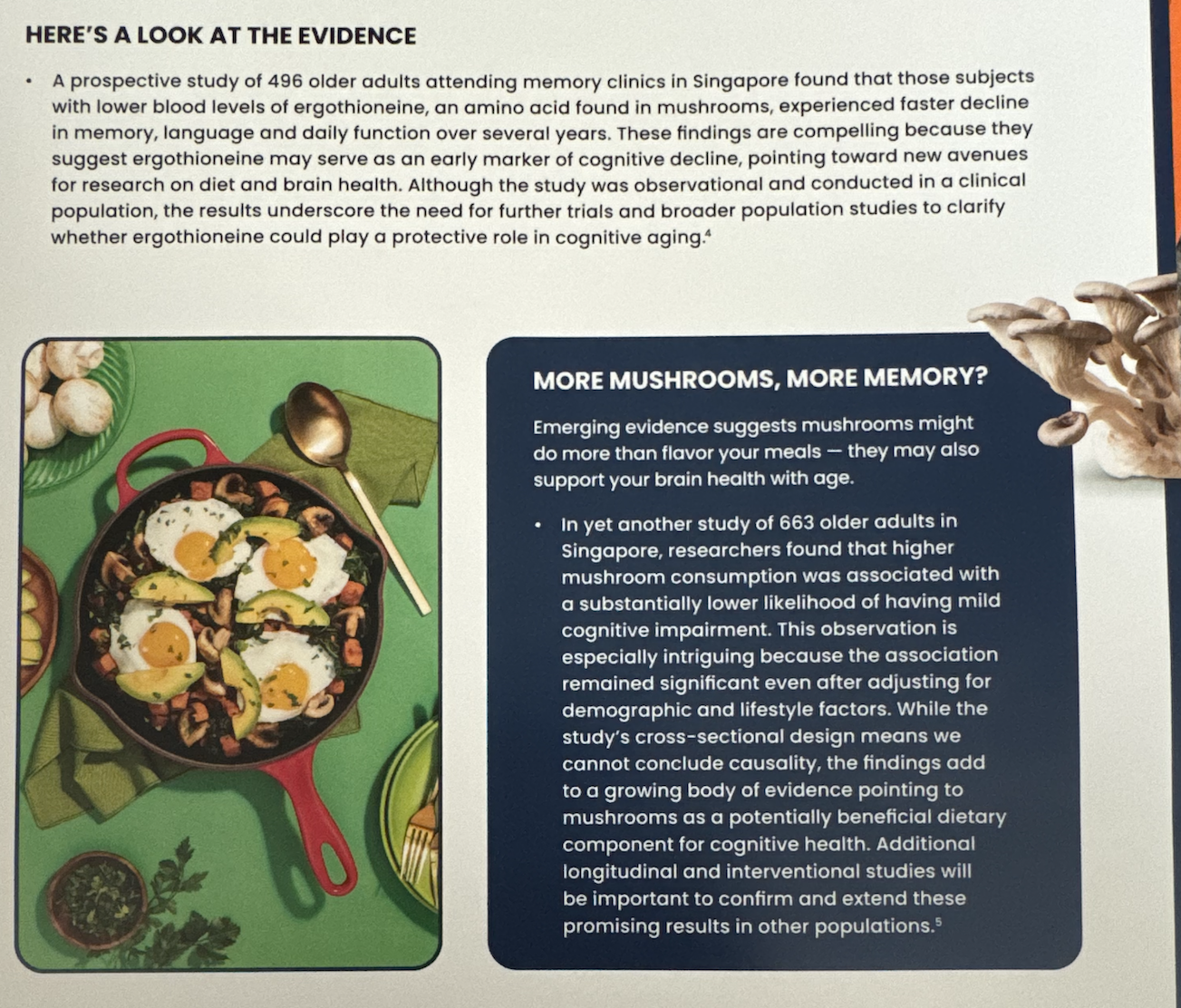The Academy of Nutrition and Dietetics’ Food & Nutrition Conference & Expo (FNCE) 2025 in Nashville brought together thousands of nutrition professionals (like myself!) to explore new frontiers in health, technology, and food systems. From the evolving impact of GLP-1 medications to the importance of culturally responsive food access and the growing clinical applications of creatine, this year’s sessions highlighted the breadth and depth of the nutrition profession. Here's a deep dive into a few of my favorite sessions and a highlight of some of my favorite events!
Session 1. Immigrants, Refugees, and Migrant Workers in the United States: How Nutrition and Dietetic Professionals Are Building Better Food Banks to End Hunger and Food Insecurity
Presented by Natalie Poulos, PhD, RD; Cara Ruggiero, PhD, RD, LDN; and Lauri Wright, PhD, RDN, LD/N, FAND and moderated by Libby Mills, MS, RDN, LDN, FAND
This Global Member Interest Group Spotlight Session explored how dietitians are redefining the role of food banks to better serve immigrant, refugee, and migrant worker populations across the U.S.
Key Takeaways:
Food as Medicine: Speakers emphasized the potential of food banks to operate as community health partners, connecting clients to healthcare, culturally appropriate foods, and educational programs.
Food Bank–Healthcare Partnerships: Texas research identified four common partnership models—screening and referral programs, on-site pantries, mobile distributions with health screenings, and specialized programs such as diabetes education and produce prescriptions.
Barriers to Success: Staffing limitations, storage capacity, and short-term funding remain challenges for building sustainable partnerships.
Addressing Discrimination: Dr. Cara Ruggiero’s research in Massachusetts revealed that more than half of food pantry clients reported experiencing discrimination based on race, weight, or gender identity. Such findings highlight the need for culturally sensitive, inclusive approaches to food assistance.
Cultural Relevance Works: Dr. Lauri Wright’s case study in Wimauma, Florida, showed that tailoring food baskets and educational materials to cultural preferences increased trust, improved diet quality, and enhanced engagement among immigrant families.
Practice Application: Dietitians can expand their impact beyond clinical care by advocating for policy changes such as improving farmworker wages, increasing SNAP access, and ensuring culturally tailored USDA food packages. They can also partner with community organizations, including Feeding America’s local food banks, faith-based groups, and migrant health clinics. In addition, dietitians can develop culturally tailored interventions that balance nutrition recommendations with traditional foodways.
Session 2. The GLP-1 Effect: Understanding Consumer Behavior Shifts and Their Impact on Food, Nutrition, and Innovation
Presented by Amanda Patterson; Dr. Spencer Nadolsky; Summer Kessel, RD, CSOWM, LDN; and Ashley Koff, RD
This session provided a comprehensive look at how GLP-1 medications are influencing not only individual eating behaviors but also the broader food and wellness landscape.
Key Takeaways:
Changing Consumer Landscape: Approximately 12% of U.S. adults have tried GLP-1 medications, with strong interest among Gen Z and Millennials. Usage spans diverse racial and socioeconomic groups, with motivations extending beyond weight loss to energy, longevity, and well-being.
One Size Fits None: Analysis of over 5,000 consumer data points identified five GLP-1 user archetypes, from “Digital Navigators” who research extensively online to “Family Anchors” who prioritize household-level changes.
Digital Health Engagement: GLP-1 users are among the most digitally active patients, relying heavily on social media, online communities, and influencers for nutrition information. Fewer than one-third report trusting their doctor more than online sources.
Ripple Effects on Food Systems: Sixty-five percent of GLP-1 users report their entire household’s diet has changed, influencing portion sizes, restaurant behaviors, and packaged food purchasing. This shift is driving food companies to innovate with smaller, high-protein, and “GLP-1-friendly” options.
Education Opportunities: Nutrition professionals have an opportunity to meet consumers where they are—online and in communities—with practical, stigma-free guidance that balances evidence with empathy.
Practice Application: Most GLP-1 users build health knowledge outside traditional channels, on YouTube, Reddit, TikTok, and with peer groups. To truly educate or support, dietitians need to meet them there. Help patients navigate using GLP-1 with empathy, flexibility, and real-world solutions to optimize nutrition.
Session 3. Beyond the Gym: Unlocking the Full Potential of Creatine for Health and Wellbeing
Presented by Eric S. Rawson, Ph.D., FACSM, CSCS
Dr. Rawson’s presentation challenged the perception of creatine as a supplement solely for athletes, presenting a broader view of its potential benefits for health and clinical practice.
Key Takeaways:
Evidence-Based Performance Support: Creatine supplementation increases muscle creatine stores by about 20%, improving strength, endurance, and recovery, particularly in short-duration, high-intensity exercise.
Clinical Applications: Research demonstrates benefits for older adults and individuals with chronic diseases, improving lean mass, muscle endurance, and overall function.
Brain Health: Supplementation can increase brain creatine levels, with evidence suggesting cognitive benefits, particularly in individuals experiencing mental fatigue, sleep deprivation, or mild traumatic brain injury.
Safety and Efficacy: A 2025 meta-analysis by Kreider et al. synthesized data from over 650 studies and 13,000 participants, reaffirming creatine’s strong safety profile. Creatine monohydrate remains the form supported by the most extensive research.
Practice Application: Dietitians can confidently recommend creatine monohydrate as an evidence-based supplement for both athletic and clinical populations, with growing evidence supporting its benefits for aging and neurological health. A typical maintenance dose is 3–5 grams per day. For those choosing to complete a loading phase, the protocol involves taking 20–25 grams daily for 5–7 days, usually divided into 5-gram servings to enhance muscle saturation.
FNCE also has some amazing events to connect with dietitians, try new products and explore trends in the health and wellness space! Here were two that I loved:
Engage and Thrive for Brain Health Event by Maggie Moon
One of the most engaging events of FNCE 2025, Maggie Moon’s Engage and Thrive for Brain Health focused on the intersection of nutrition, cognition, and emotional wellbeing. The presentation highlighted practical ways dietitians can support brain health through food choices, lifestyle habits, and meaningful client engagement.
Key Highlights:
The Mushroom Council shared emerging data on ergothioneine, a naturally occurring amino acid and antioxidant found abundantly in mushrooms. Research suggests ergothioneine may help protect against oxidative stress and support healthy aging and brain function. Read below for the latest research on this promising compound.
California Prunes were also featured for their antioxidant and anti-inflammatory properties. Their polyphenols and anthocyanins may help protect against cellular stress, improve memory, and promote overall brain resilience.
This event reinforced that nutrition for brain health goes beyond individual nutrients, it’s about dietary patterns rich in plant-based antioxidants, healthy fats, and whole foods that nurture cognitive and emotional vitality throughout life.
Stay tuned for more on this topic and follow me @Nomadista_Nutrition on Instagram for updates and a sneak peek of my upcoming Brain Health Course, launching soon!
Ollipop Dietitian Brunch
Lastly, another fun event highlights one of my fav drinks, OLIPOP. OLIPOP is a functional soda designed to support digestive health while offering the taste and enjoyment of traditional soft drinks. Unlike regular sodas loaded with sugar, OLIPOP contains prebiotics, plant fiber, and botanicals that help nourish beneficial gut bacteria and promote healthy digestion. Each can is low in sugar and calories, making it a gut-friendly alternative for those looking to reduce sugar intake without sacrificing flavor. I think it’s a great option for people seeking a healthier beverage that supports both taste and wellness.
That's a Wrap on FNCE 2025!
FNCE 2025 highlighted the expanding scope of nutrition science, from community partnerships and culturally tailored food access to digital behavior trends and emerging supplement research. The unifying theme across these sessions was clear: dietitians are uniquely positioned to translate complex science into real-world solutions that advance health, equity, and innovation. I can’t wait to see what FNCE 2026 has in store!








